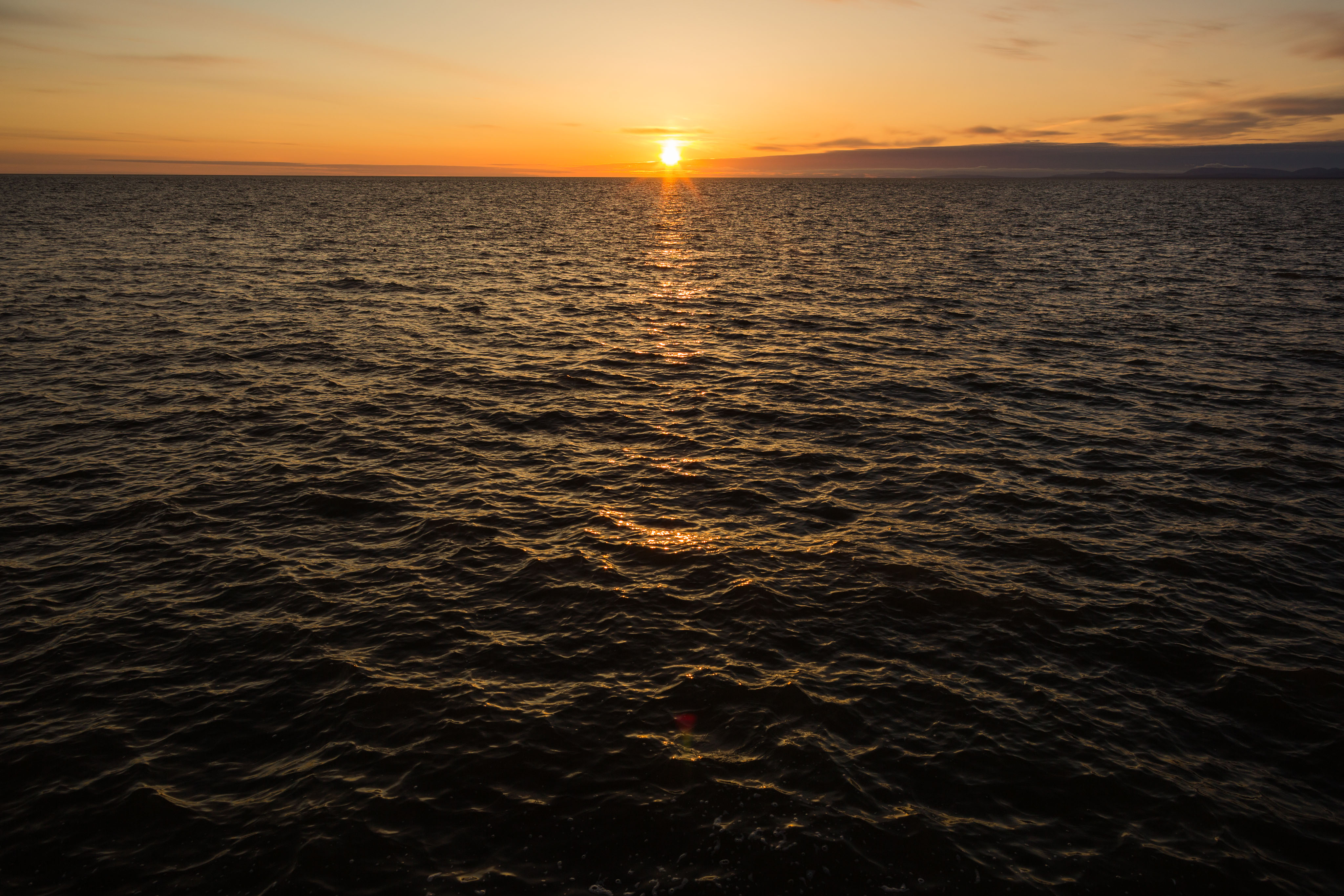UAF gets $4.25 million to address one of the state’s worst problems: Suicide

BETHEL — The persistent problem of suicide in Alaska is getting a fresh approach that shifts focus from despair and personal tragedy to community strengths and solutions.
The new, statewide effort based at the University of Alaska Fairbanks will start this summer, fueled by a $4.25 million, five-year federal grant to help young Alaska Native people become more resilient.
The money is intended to support a statewide suicide prevention hub of tribal leaders, Native corporation officials, researchers and others, as well as research with — not on — Western Alaska communities. Researchers intend to team with local people and help them examine institutions, traditions, resources and leadership, to see what already works.
The project should create a tool that will guide communities across Alaska in specific ways to become stronger and more supportive of young people, say those involved in the “Alaska Native Collaborative Hub for Research Resilience.”
“On a statewide basis, this has not really happened before,” said Lisa Wexler, a University of Massachusetts Amherst associate professor who has spent 20 years working with communities in Northwest Alaska to prevent suicide.
Alaska has one of the nation’s highest suicide rates. For Alaska Native male teens and young men, it is the No. 1 killer.
[2 suicides in one week send Greenland town in search for answers]
Alaska has tried many ways of preventing suicide, including training kids and adults to serve as gatekeepers watching for signs of distress.
But research into the most effective strategies is scant, Wexler said. While she and her fellow lead researchers — Stacy Rasmus, research associate professor at UAF’s Institute of Arctic Biology, and James Allen, professor with the University of Minnesota medical school — have long worked with Alaska communities on suicide prevention, the multipronged effort with statewide, regional and village collaboration goes beyond what has been done before, they said.
“It is absolutely a big deal for Alaska,” said Evon Peter, UAF vice chancellor for rural, community and Native education. The grant is going to UAF’s Institute of Arctic Biology, Center for Alaska Native Health Research and College of Rural and Community Development and is one of three awarded nationwide for work to prevent suicide among Native American people.
With this new effort, the college will be able to do advanced research on a topic that matters greatly to Alaskans, he said.
Peter, who is Gwich’in and Koyukon, also is connecting the researchers with other Alaska Native leaders.
A core group plans to meet in July to plan the first steps. The first statewide collaboration will happen after that for leaders of tribes and Alaska Native regional corporations, Native health corporations and nonprofits, state agencies and universities.
That’s the statewide hub part of the project. Those meetings will occur at least annually but the conversation will continue year round, researchers said. New communication channels should open between regions. Those involved will identify what information is in hand and where they want to learn more.
[In rural Alaska, a new approach to fighting suicide]
The research will focus on 65 Western Alaska communities. Researchers expect to examine whether certain community features — elders involved in the schools, for instance — are protective factors that lessen the risk of suicide.
The importance of culture as a path to good mental health is known, but less clear is which elements provide the most good and how to get there, said Allen. Is it enough for elders to talk in classrooms during culture week? Does it make more of a difference if elders lead schoolkids on tundra walks or take them ice fishing?
Some communities lost basic parts of culture — dance, language — when missionaries and explorers first came through and suppressed what was there. Rebuilding has come slowly.
Even if one village is thriving, its neighbor may be suffering. A statewide conversation will put fresh ideas out there, and connect villages and regions.
“The need is so urgent,” Rasmus said.